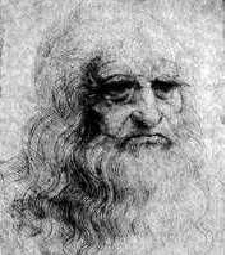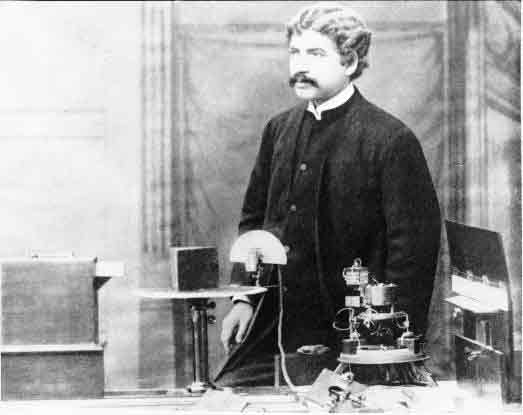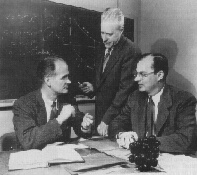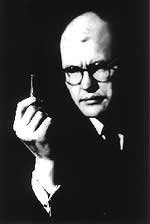Course Objective and Content
To teach the fundamentals of circuit analysis and microelectronic devices and technology, in the context of digital integrated circuits. Upon completion of this course, the student will understand how digital integrated circuits work, the relationship between a circuit and its physical layout, and the sources of circuit-performance limitations. The topics covered in this course are organized into three major sections:
- electric circuits;
- active devices and circuits;
- digital integrated circuits.
Prerequisites
Math 1B and Physics 7B or equivalent.
Textbook
Electrical Engineering Principles and Applications by Allan R. Hambley.
Course Reader
The EECS 40 course reader contains supplementary reading material on semiconductor devices and technology, amplifier circuits, and digital integrated circuits. It will be available for purchase at Copy Central (2483 Hearst Avenue) later in the semester.
Lectures and Discussion Sections
The topics of the course will be fully covered in the lectures, but the time will be inadequate for a full range of examples to illustrate the applications of the theory to be covered. Examples will be the main focus of the discussion sections. You may attend any and all of the discussion sections, but regular attendance at one discussion section will assure that you have seen examples of all the problem types you can expect on the homework assignments and exams.
Homework
Homework will be assigned each Friday, and will be due one week afterward before class. Late homework will not be accepted, because solutions will be handed out in class on the due date. Students are encouraged to discuss homework problems with other students in the class, the nteaching assistants, and/or the instructor. However, the work which you submit to be graded must be your own.
Exams
TDB
Laboratory
This course includes a laboratory. Visit the web page at http://inst.eecs.berkeley.edu/~ee40/labs/ for more details. The laboratory teaches basic electrical engineering measurement skills and contains exercises related to the circuit analysis mnaterial covered in the lectures. You must successfully complete each laboratory session in order to receive a passing grade in the course.
Grading
The numerical score on which the course grade will be based is derived as follows:
- Homework: 10% Midterm Exams: 20% each
- Laboratory: 10% Final Exam: 40%








